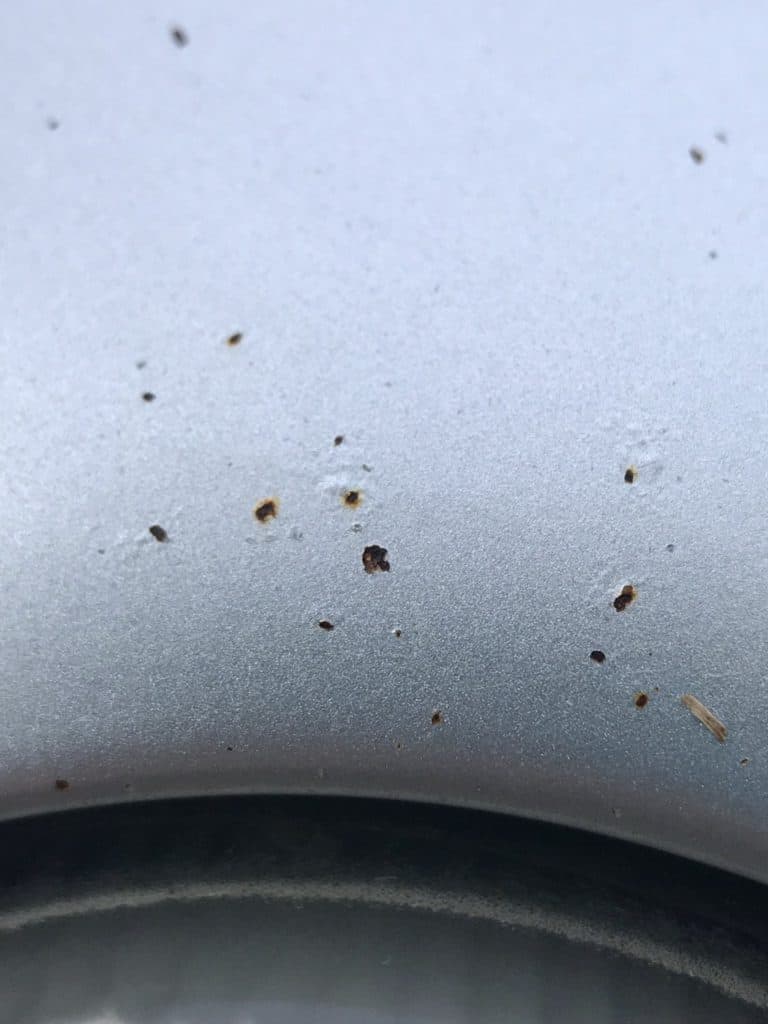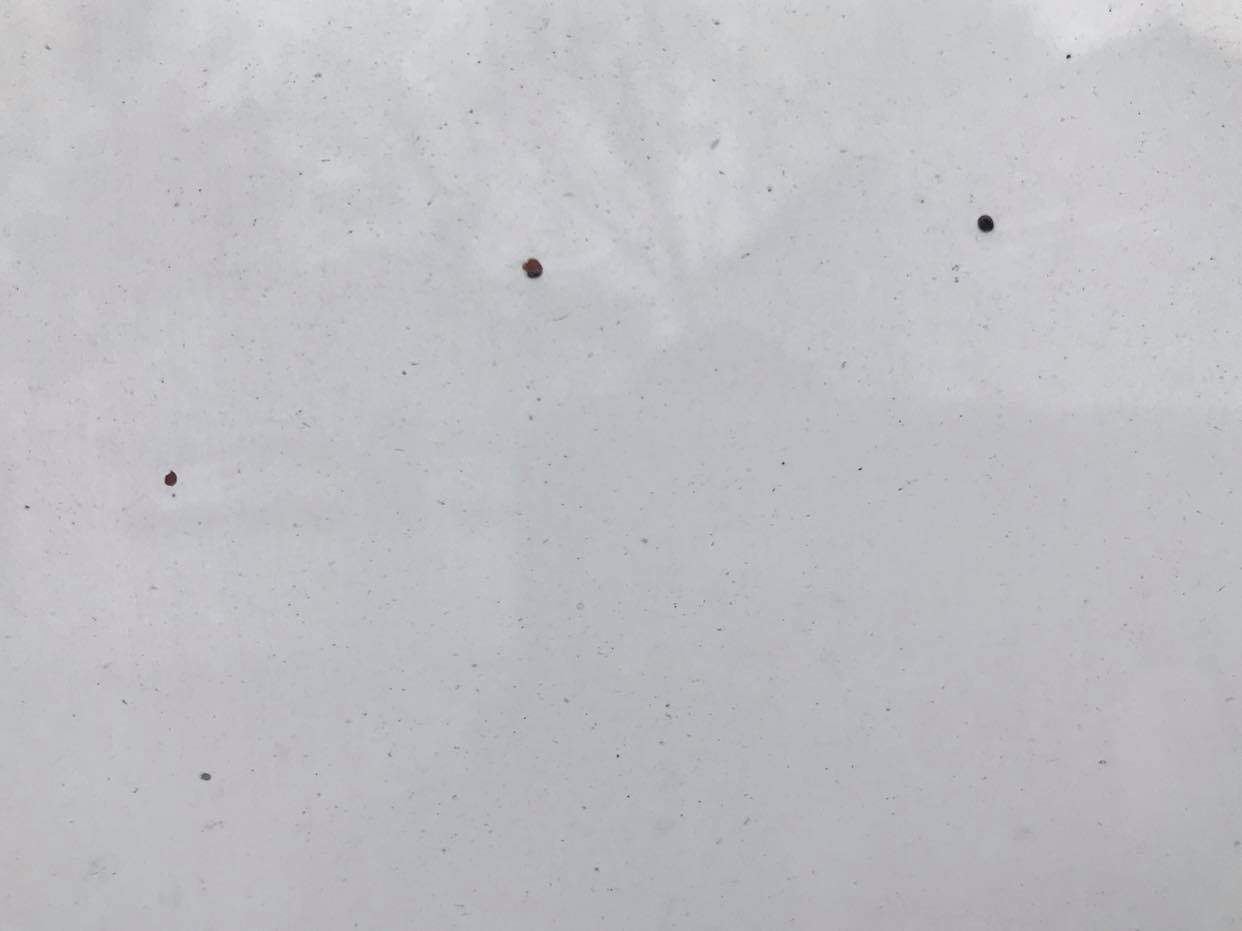Key Points:
- Sphaerobolus Fungi, or artillery fungus, can attach itself to surfaces like cars and is difficult to remove.
- The fungus is most prevalent in spring and fall when temperatures are between 50 and 70 degrees.
- Early removal through hot water power washing is recommended to prevent staining on car surfaces.
- Solutions to eliminate or curb the threat of artillery fungus include using rot-resistant mulches, switching to non-organic ground covers, keeping the area dry, and treating with an EPA-approved fungicide.
With every spring season, polished cars and groomed yards are on many to-do lists. Mulch is a popular choice for many homeowners but it does come with a potential downside that I would like to share with you and hopefully save you some time and money.
Sphaerobolus Fungi or more commonly called “shotgun fungus” or “artillery fungus” is a round sticky reddish-brown ball that jumps up to twenty feet and attaches itself to house siding, downspouts, windows, and cars. The fungus thrives in spring and fall when the temperatures are between 50 and 70 degrees. These little balls of fungi can become a real nuisance and extremely difficult to remove.

Artillery fungus is easiest to remove in the first three weeks of occurrence because in most cases has not completely embedded itself into the car’s surfaces and an aggressive hot water power washing and car wash will remove most or all of the fungi. Artillery fungus that is now left on the car’s surface usually needs to be carefully removed individually because they have left a stain in the vehicle’s paint / clear coat. After fungi removal is complete polishing and paint protection is recommended to restore the painted surfaces.
Solutions to eliminate or curb the threat of artillery fungus
Use rot-resistant mulches such as cedar, redwood, or cypress. Switch to a non-organic ground cover such as stone, gravel or river rock or similar products. Remove the old mulch and add a new layer. Avoid using mulches made of wood chips or ground-up pallets. Keeping the area dry by raking and turning the mulch will help to slow the growth. Treat the area with an EPA-approved fungicide. Remove rotting wood and animal dropping as they create optimum conditions for the fungus to grow.
Frequently Asked Questions
What is artillery fungus?
Artillery fungus, also known as Sphaerobolus Fungi or shotgun fungus, is a round sticky reddish-brown ball that attaches itself to surfaces like house siding, downspouts, windows, and cars.
When does artillery fungus thrive?
Artillery fungus thrives in spring and fall when the temperatures range between 50 and 70 degrees.
Why is artillery fungus difficult to remove?
Artillery fungus can be difficult to remove because it can embed itself into car surfaces and leave stains on the vehicle’s paint or clear coat.
How can I prevent staining on car surfaces?
Early removal of artillery fungus is recommended through hot water power washing. This helps prevent staining on car surfaces.
What are some solutions to eliminate or curb the threat of artillery fungus?
There are several solutions to combat artillery fungus, including:
- Using rot-resistant mulches like cedar, redwood, or cypress.
- Switching to non-organic ground covers such as stone, gravel, or river rock.
- Removing old mulch and adding a new layer.
- Treating the affected area with an EPA-approved fungicide.
What should I do after removing artillery fungus from my car?
After removing the fungus, it is recommended to polish and protect painted surfaces to restore their appearance.
Is there a specific time frame for removing artillery fungus from cars?
It is easiest to remove artillery fungus within the first three weeks of occurrence before it fully embeds itself into the car’s surfaces.
Can artillery fungus cause damage to other surfaces besides cars?
Yes, artillery fungus can attach itself to other surfaces like house siding, downspouts, and windows as well.
Are there any alternative ground covers that do not attract artillery fungus?
Yes, switching to non-organic ground covers such as stone, gravel, or river rock can help reduce the risk of artillery fungus.

